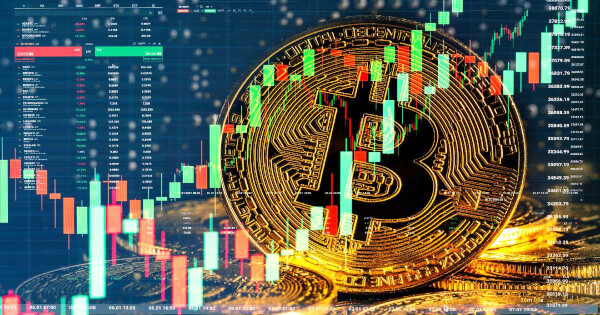In 1970, 52 ounces of gold could be purchased for $2,000, at $38 per ounce. Fast forward to 2021, and those same 52 ounces of gold are now worth $93,000, with the price per ounce at $1,800. On the surface, it may appear as though gold has experienced significant value appreciation over the past 51 years. However, a closer examination reveals a more nuanced reality when considering what these amounts of gold could buy at different times.
Back in 1970, the average cost of a cheeseburger was $0.18. This means that one could purchase approximately 11,111.11 cheeseburgers with 52 ounces of gold. Surprisingly, in 2021, with the same 52 ounces of gold (worth $93,000) one could still buy almost the same number of cheeseburgers (around 11,892) at the average cost of $7.82 per burger. This illustration showcases the theory that gold has retained its purchasing power, while the value of the dollar has steadily eroded since the fiat standard was introduced in 1971.
The consequences of the fiat monetary system set forth in 1971 have resulted in significant economic challenges for the majority of participants, except for the elite. In 1970, the average annual salary was $9,000. This allowed someone to purchase approximately 236 ounces of gold (worth $424,000 in 2021) or 50,000 cheeseburgers. However, in 2021, the average salary has risen to $58,000, but it can only buy about 32 ounces of gold, or 7,400 cheeseburgers. This reduction of 85% in buying power for those with average salaries clearly indicates the hidden impact of inflation on people's everyday lives.
Housing is another interesting aspect to explore. In 1970, the average home price was $17,000, equivalent to 447 ounces of gold. Moreover, the houses built during that era were characterized by large lot sizes with spacious yards, and built out of brick and sturdy lumber. However, now the average house price was $436,000, or 240 ounces of gold. Not only has the affordability of homes relative to average annual salaries diminished, but the quality of homes has also seen a decline. Factors such as decreased build quality, cheaper materials, and reduced labor costs have become prevalent in today's housing market, leading to smaller homes with disappearing yards made of thin drywall and other cheap material. To buy a similar house in 2021, built with the same build quality, material, and lot size as those in 1970, it would cost closer to 447 ounces of gold or $800,000.
When the average salary was $9,000 in 1970, and the average house was $17,000, it took less than 2 years to buy a home in theory. However, with average salaries of $55,000 and average houses costing $436,000, it now takes around 8-9 years to achieve the same goal. The shift from short-term 10 year mortgages (that were often paid off early) to 30-50-year mortgages is another indicator of how the fiat monetary system has affected housing affordability, making it harder for people to afford their homes.
To understand the true impact of inflation, one must delve into its measurement. The Consumer Price Index (CPI) is commonly used to measure inflation, but does not fully capture the real rate of inflation. A better measure of inflation is gold since it better maintain its same buying power over time. Gold’s average annual appreciation rate from 1970 to 2021 stands at 7.78%, which is 104% higher than the official inflation rate over the same period at 3.8%.
This inflationary system has disproportionately benefited the elite, leading to rapid wealth accumulation for some individuals. Take, for instance, politicians like Nancy Pelosi, whose net worth increased to $290,000,000 over her time in office despite a $180,000 annual salary. It would take her 1,500 years to accumulate that much money on her salary, or only 10 years of spectacularly placed trades on the businesses they regulate.
Prior to the implementation of the fiat monetary system, people were incentivized to save their money, since it was backed by an asset that stored its value well. With the implementation of the fiat standard, people became incentivized (consciously or unconsciously) to spend their money since it was rapidly losing its value. They didn’t need to have to invest previously, since their money was real. Now, investing (spending fiat on other assets to store value) has replaced saving when planning for the future.
The average citizen in America back before 1970 was much more well off with insignificant levels of debt and a virtually non-existent homeless population. Contrast that with today, and then re-evaluate the the claim that inflation is good for society.
Fix the money, fix the world.
Edit: thanks for the silver! Hopefully it holds better value than my salary
[link] [comments]

You can get bonuses upto $100 FREE BONUS when you:
💰 Install these recommended apps:
💲 SocialGood - 100% Crypto Back on Everyday Shopping
💲 xPortal - The DeFi For The Next Billion
💲 CryptoTab Browser - Lightweight, fast, and ready to mine!
💰 Register on these recommended exchanges:
🟡 Binance🟡 Bitfinex🟡 Bitmart🟡 Bittrex🟡 Bitget
🟡 CoinEx🟡 Crypto.com🟡 Gate.io🟡 Huobi🟡 Kucoin.

















Comments